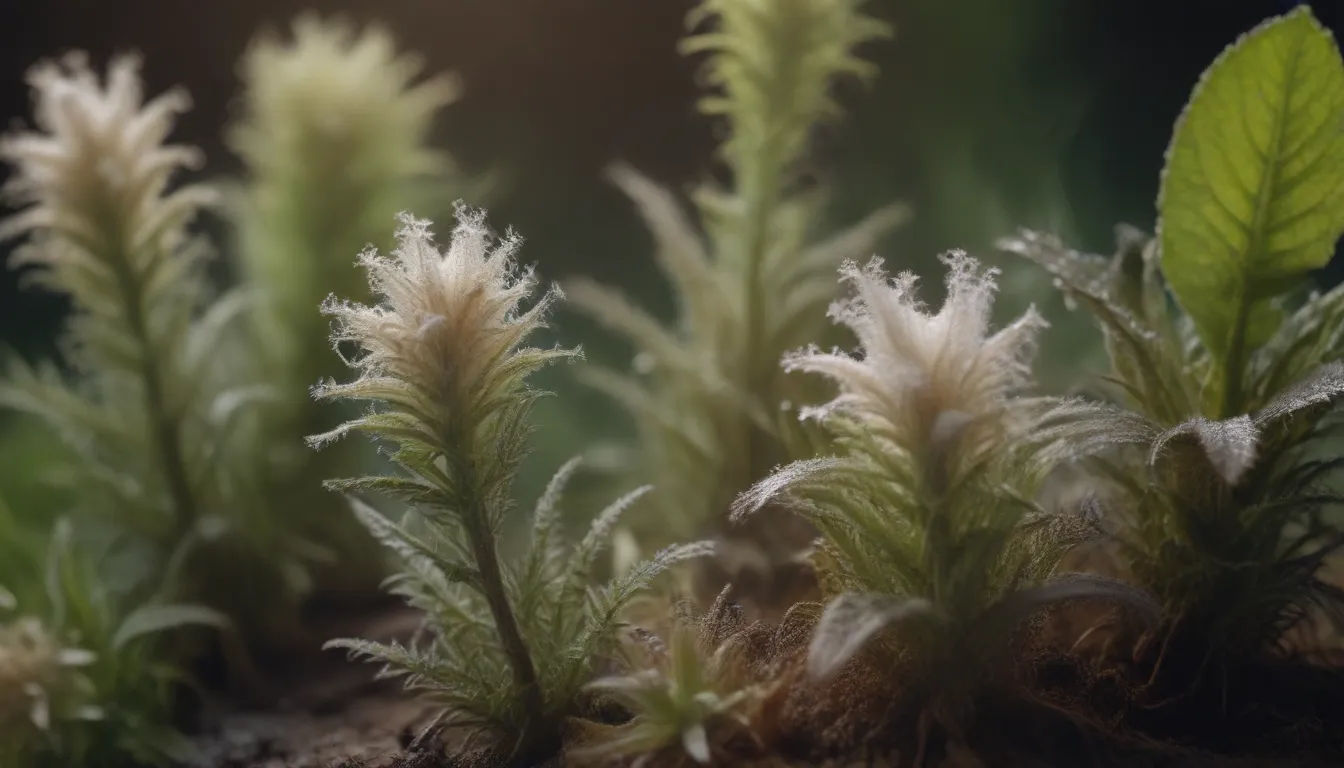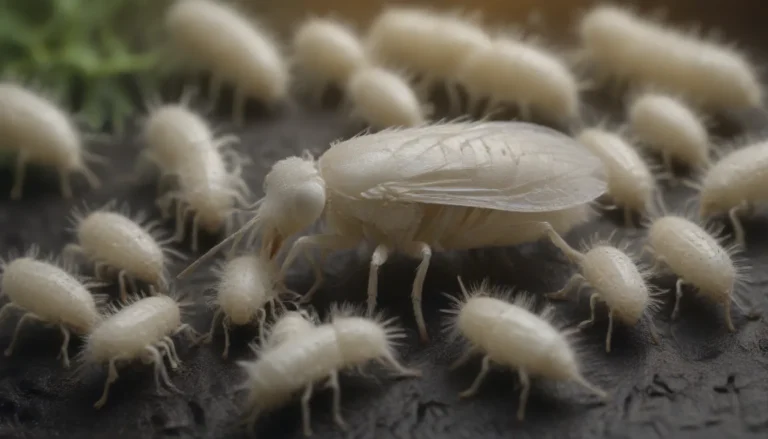Using Baking Soda Spray to Combat Plant Fungal Problems

Dealing with fungal issues in plants can be a frustrating and challenging experience for any gardener. Whether you are tending to an indoor jungle or caring for plants outdoors, the presence of various fungal organisms can wreak havoc on your botanical beauties. From anthracnose to opportunistic infections, plant fungal problems come in different forms and can quickly take a toll on the health of your plants.
The Impact of Fungal Issues
Fungi feed off the energy supplied by plants, which can leave them weakened or even lead to their demise. The visible signs of plant fungus can vary, including wilting, scabs, moldy coatings, blotches, or rotting tissues. Some fungi travel through the air via spores, while others reside in the soil and enter plants through their roots. Root-based fungi can obstruct water-conducting cells, causing wilting and eventual death of the plant.
Considerations When Using Antifungal Agents
Outdoor gardeners often turn to antifungal agents containing copper and sulfur to combat fungal problems. While these chemicals are effective, they are also toxic and must be handled with extreme caution. It is crucial to follow safety instructions diligently when using these products, especially if there are pets or children around. For a milder alternative, consider incorporating baking soda into your plant care routine.
Benefits of Baking Soda
Baking soda, or sodium bicarbonate, is a versatile antifungal agent that can help control various forms of plant fungus. Research has shown its effectiveness in combatting black spot and powdery mildew, making it a valuable tool for gardeners seeking a non-toxic solution. Baking soda is readily available, inexpensive, and safe for mammals, making it a popular choice for environmentally-conscious plant enthusiasts.
Crafting a Baking Soda Spray
To create a baking soda spray, simply dissolve one teaspoon of baking soda in one quart of water. For improved coverage, you can add a few drops of insecticidal soap or liquid soap to help the solution spread and adhere to the plant’s leaves. It is important to use liquid soap, such as Ivory, and avoid using laundry detergent. After mixing the solution, transfer it to a clean spray bottle and thoroughly coat the plant’s foliage, ensuring both upper and lower leaves are reached. Allow the plant to dry and repeat the application as needed to control the fungal problem. Label the spray bottle appropriately and store it safely away from children.
Potential Drawbacks
While baking soda can effectively combat plant fungal problems, overuse of baking soda sprays can have unintended consequences. The bicarbonate from the spray may accumulate in the soil, affecting nutrient levels and potentially slowing down plant growth. Every plant is unique, so it is essential to monitor your plants closely and discontinue the use of baking soda spray if you notice any adverse effects.
Additional Resources
For further information on plant diseases and disorders, the Clemson University Cooperative Extension offers valuable insights. If you are considering using copper sulfate as an antifungal agent, the National Pesticide Information Center provides a general fact sheet for your reference. Colorado State University also provides informative resources on powdery mildews and their management.
In conclusion, using a baking soda spray can be a practical and eco-friendly approach to combatting plant fungal problems. By following proper application techniques and monitoring your plants’ responses, you can effectively manage fungal issues while promoting a healthy growing environment. Remember, a little baking soda can go a long way in keeping your plants happy and thriving.





